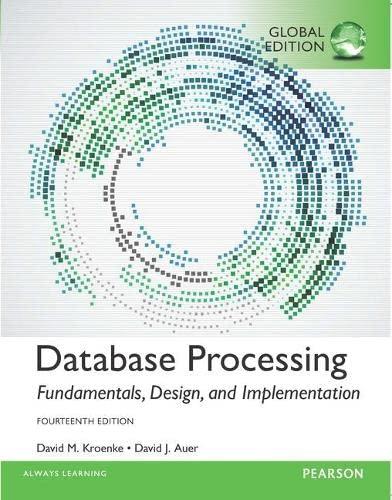Question
Amdahls Law was proposed in 1967 by Gene Amdahl for estimating the potential speedup of any program using parallel processors. The proposed serial percentage ,
Amdahls Law was proposed in 1967 by Gene Amdahl for estimating the potential speedup of any program using parallel processors. The proposed serial percentage , although succinct and self-explanatory, is difficult to quantify. The speedup of the program is above bounded to 1/ , a seemingly pessimistic prediction. Hardware engineers at IBM built parallel machines without regarding Amdahls predictions. The machines were loaned to national laboratories for experimentation. In 1988, John Gustafson published a paper on CACM, entitled Reevaluation of Amdahls Law. In this paper, Gustafson reported simple time measures of running a parallel application using 1024 processors, both the parallel part and the sequential part. A new serial percentage was proposed using these measures. In Gustafsons proposal, the speedup seems to approach infinity if one scales P (number of processors) to infinity.
- (4 pts) Let 10 seconds be the measured sequential running time, 40 seconds be the parallel running time using 10 processors for a parallel application. What would be the speedup prediction for 30 processors using Amdahls Law? What would be the prediction using Gustafsons Law? Please show all your steps.
- (2 pts) Explain the projection differences, if any.
- (3 pts) Using 100 processors, the sequential part is only 10 percent of the total 150 second running time of a parallel program. What would be the speedup prediction using Gustafsons Law? How would you predict for 200 processors using the Amdahls formula? Show all your steps.
- (1 pt) Explain how to quantify Amdahls formula using Gustafsons formula. What is wrong if we take P->infinity using Gustafsons formula alone?
Step by Step Solution
There are 3 Steps involved in it
Step: 1

Get Instant Access to Expert-Tailored Solutions
See step-by-step solutions with expert insights and AI powered tools for academic success
Step: 2

Step: 3

Ace Your Homework with AI
Get the answers you need in no time with our AI-driven, step-by-step assistance
Get Started


